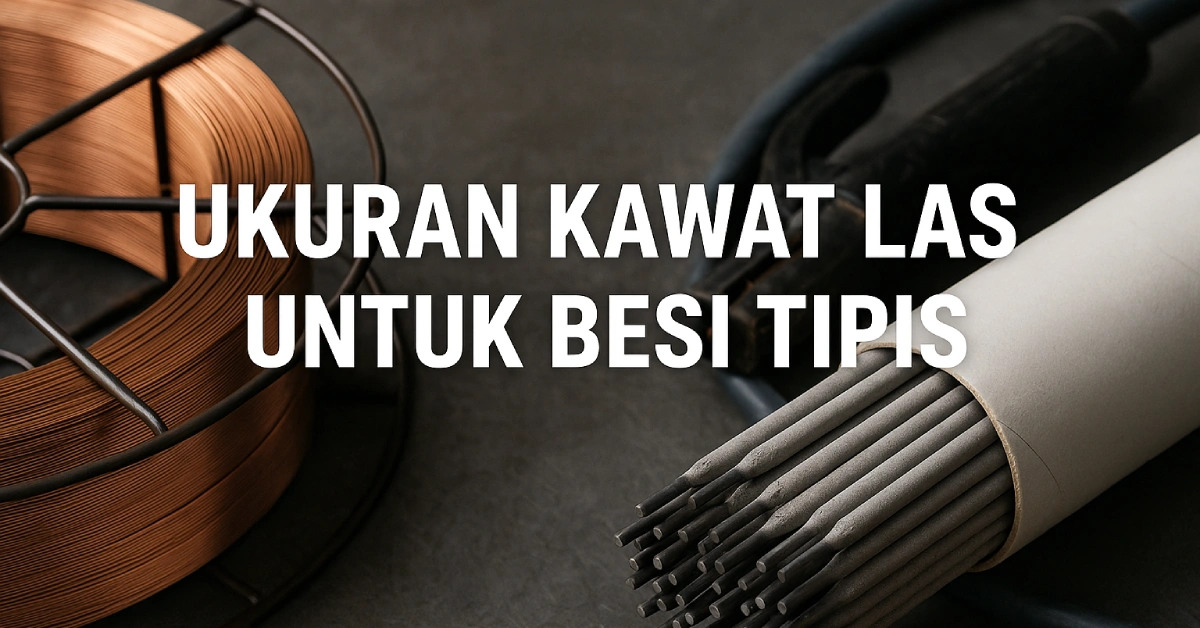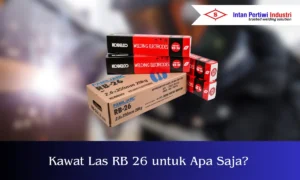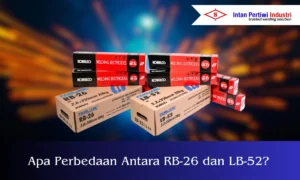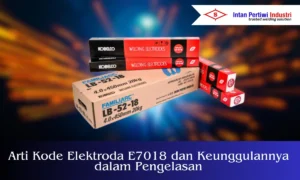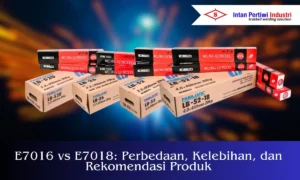Understanding the field requirements when working with thin plate is crucial. Welding wire size for thin steel determines the stability of the pool, the risk of penetration, and the neatness of the final result.
In this guide, you'll find safe diameter recommendations, realistic starting current ranges, and the most sensible MIG/TIG/SMAW process options for thicknesses from 0.8 to 3.0 mm. The goal is clear: strong, clean joints with minimal distortion.
Welding thin metal requires precise heat control to prevent penetration, warpage, and a clean finish. The key is choosing a small wire or electrode size, low current, and a movement technique that keeps the weld pool small.
This guide summarizes the recommended sizes for 0.8 to 3.0 mm plate and relevant products in the carbon and stainless steel lines.
Table of Contents
ToggleWhat is Welding Wire?
Welding wire is the filler material that melts to form the joint. In SMAW, it's called an electrode, while in MIG, MAG, and TIG, it's called a wire or filler.
The size determines the pool size, filling rate, and current requirements. For thin plates, a smaller size helps reduce heat input, reducing the risk of penetration.
Before selecting a diameter for thin plates, first understand the function of welding electrodes because the type of coating and arc characteristics affect the heat input, pool control, and wire usage efficiency.
Welding Electrode Size for Thin Iron
Mild carbon steel
Use a small-diameter rutile or basic electrode to control the heat. Start with a low current and gradually increase it until fusion is successful.
| Plate thickness | Recommended diameter | Current range |
|---|---|---|
| 0.8 to 1.0 mm | 2,0 mm | 35 to 55 A |
| 1,0 to 1,6 mm | 2,0 mm | 45 to 65 A |
| 1,6 to 2,3 mm | 2.0 mm or 2.6 mm | 55 to 75 A for 2.0 mm, 65 to 80 A for 2.6 mm |
| 2,0 to 3,0 mm | 2,6 mm | 70 to 90 A |
Details per thickness
0.8 to 1.0 mm
For this thickness, MS 77 and RB 26 are safe choices. Rutile 6013 tends to be more docile on thin plates. Keep your settings and technique light. Tack tight. Short strokes. Small angles. Small gaps. The goal is to keep the pool small and impenetrable.
View Product : MS 77 Welding Electrode
1,0 to 1,6 mm
Still comfortable with MS 77 or RB 26. Prioritize stringer beads to prevent heat buildup. Keep the arc as short as possible. If necessary, use vertical down to help contain the heat input. The result is neater and the risk of distortion is reduced.
View Product : Welding Electrode RB 26
1,6 to 2,3 mm
In this range, you can choose the MS 77, RB 26, or LB 26. Determine the diameter according to the working conditions. Choose 2.0 mm if the material is easily penetrated. Switch to 2.6 mm if you need a slightly faster fill. The key remains the same: heat control and a steady motion speed.
2,0 to 3,0 mm
For balanced productivity, a combination of RB 26, LB 26, or LB 52 works well. 2.6 mm is usually the safest. It doesn't overheat but maintains a stable fill rate. 3.2 mm should only be used if the machine is stable at low currents and you have excellent hand control. Aim for short, straight beads for consistent joint shape.
View Products : LB 52 Welding Electrode
Thin Stainless Steel
If SMAW is required on thin stainless steel plate, use the smallest diameter NC series for hot pressing. For high aesthetics and distortion control, the TIG process remains the preferred choice.
| Plate thickness | Recommended diameter | Current range |
|---|---|---|
| 0,8 to 1,5 mm | 2,0 mm | 30 to 50 A |
| 1,5 to 3,0 mm | 2.0 mm or 2.6 mm | 40 to 60 A for 2.0 mm, 55 to 75 A for 2.6 mm |
0,8 to 1,5 mm
Use the NC 36L 308L, NC 38L 316L, or NC 39L 309L series, depending on the base metal. Keep the heat as low as possible. Make short passes. Allow time for the material to cool. If you're looking for a very clean look, TIG is usually more ideal due to its finer groove control.
View Products : NC 36L Welding Electrode
1,5 to 3,0 mm
Choose NC 36L, NC 38L, or NC 39L. Prioritize the 2.0 mm diameter when the risk of penetration is still high. Switch to 2.6 mm if a faster fill rate is needed and the material is stiff enough. Maintain the correct arc speed, arc length, and weld sequence to ensure even heat distribution.
View Products : NC 38L Welding Electrode
Alloy selection notes
For base metal type 304 select 308L. For 316 select 316L. For dissimilar metal joints or transitions to carbon steel select 309L.
View Products : NC 39L Welding Electrode
Types of Welding Electrode for Thin Plates
1. RB-26 Kobe Welding Electrode
RB-26 is a rutile electrode known for its easy relighting, gentle weld pool, and neat bead—perfect for thin plate that requires tight heat control.
Suitable for everyday workshop work and light fabrication, where clean results are desired with a low risk of penetration. Use a small diameter for a safe start, then gradually increase the current according to the material's response.
2. MS-77 Kobe Welding Electrode
MS-77 is designed for finer finishing on thin plates. Its arc characteristics are stable, slag is easily chipped, and the bead appearance tends to be clean, resulting in neat work without much rework.
Ideal for panels, thin brackets and aesthetically demanding joints.
For strong and neat connections on galvanized profiles, also read welding electrode for galvanized hollow iron.
Conclusion
In conclusion, the welding Electrode size for thin iron should be small to control the heat and prevent penetration. For 0.8 to 3.0 mm plates, use 0.8 mm MIG wire, 1.0 to 1.6 mm TIG filler, or 2.0 mm and 2.6 mm SMAW electrodes as needed.
Start at a low current and increase slowly, keep the arc short, use a stringer bead, and test the material on the ear.
For stainless steel, choose the right alloy series such as 308L, 316L, or 309L with the smallest diameter.
With this setting, the weld results are neat, strong, and the risk of distortion is reduced.
FAQs
1) What wire/electrode size is safe for 0.8–3.0 mm plate?
For thin mild steel, use 0.8 mm MIG wire, 1.0–1.6 mm TIG filler, and 2.0–2.6 mm SMAW electrode. Start with the smallest size to keep the pool small and the heat low, then increase the diameter if the material is stiff enough or requires a faster fill rate.
2) What is a realistic starting current range for SMAW on thin plate?
With a 2.0 mm electrode, start at about 35–55 A at 0.8–1.0 mm and 45–65 A at 1.0–1.6 mm. For 2.6 mm, use 65–80 A at 1.6–2.3 mm and 70–90 A at 2.0–3.0 mm. Increase slowly while monitoring fusion.
3) When to choose RB-26, MS-77, LB-26, or LB-52 for mild steel?
RB-26 is suitable as a versatile electrode that is gentle at low currents. MS-77 is chosen when pursuing a smoother finish on thin plate. At medium thicknesses, LB-26 can increase productivity. For 2.0–3.0 mm, a combination of RB-26, LB-26, or LB-52 works well.
4) How to prevent penetration and distortion when welding thin plates?
Use small diameter, low-current, short arc, and stringer beads. Apply tight tack, short path, stitch or skip welding, and cooling interval. Keep the joint gap as narrow as possible and the angle small, and then test the parameters on the material ear before production.
5) What is the wire/electrode choice for thin stainless steel and how to choose the alloy?
SMAW uses the smallest diameter NC series; for aesthetics and distortion control, TIG remains the primary choice. Choose 308L for 304, 316L for 316, and 309L for dissimilar metal joints or transitions to carbon steel. Start with low current, short paths, and allow for cooling breaks.


